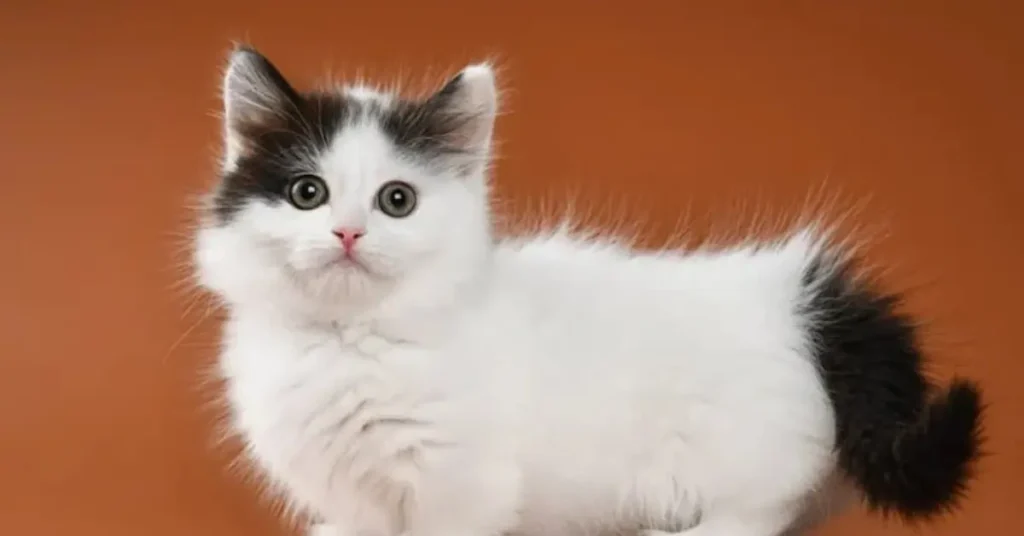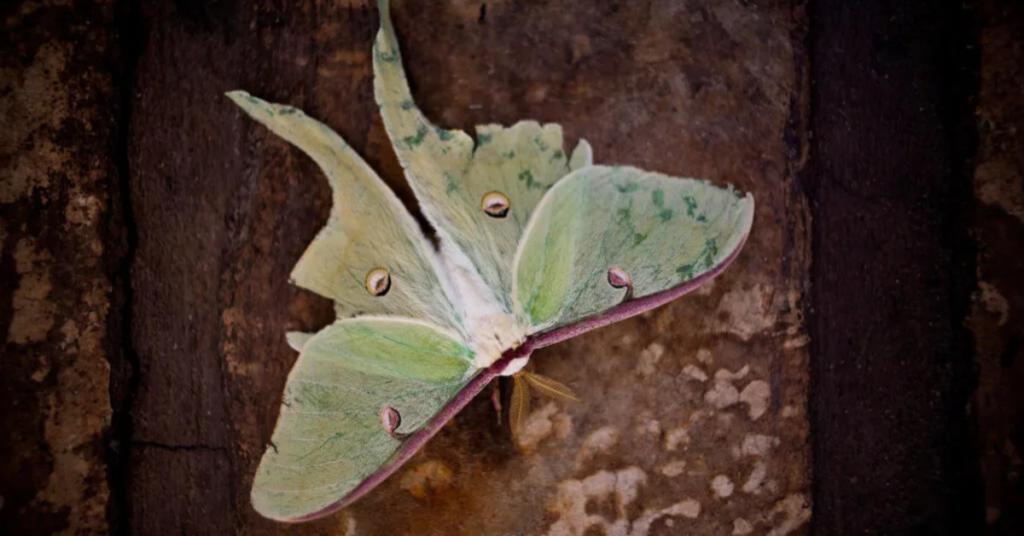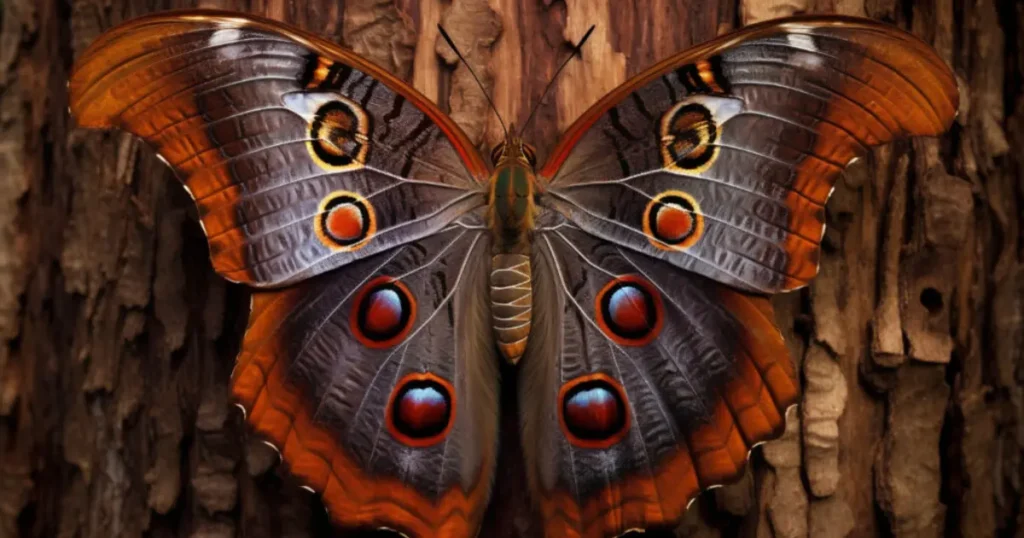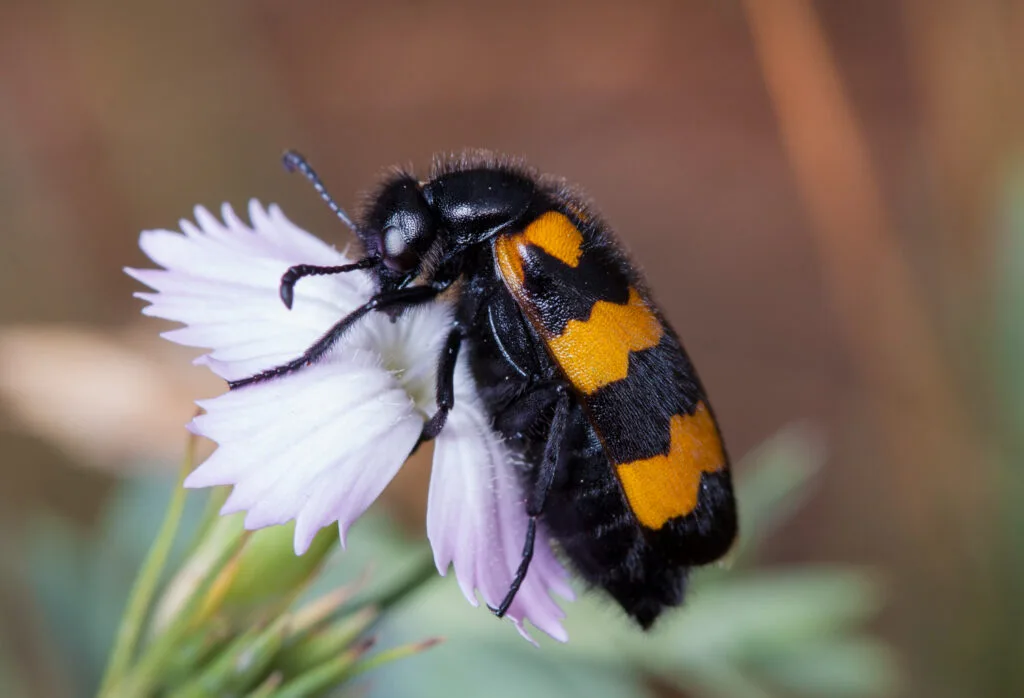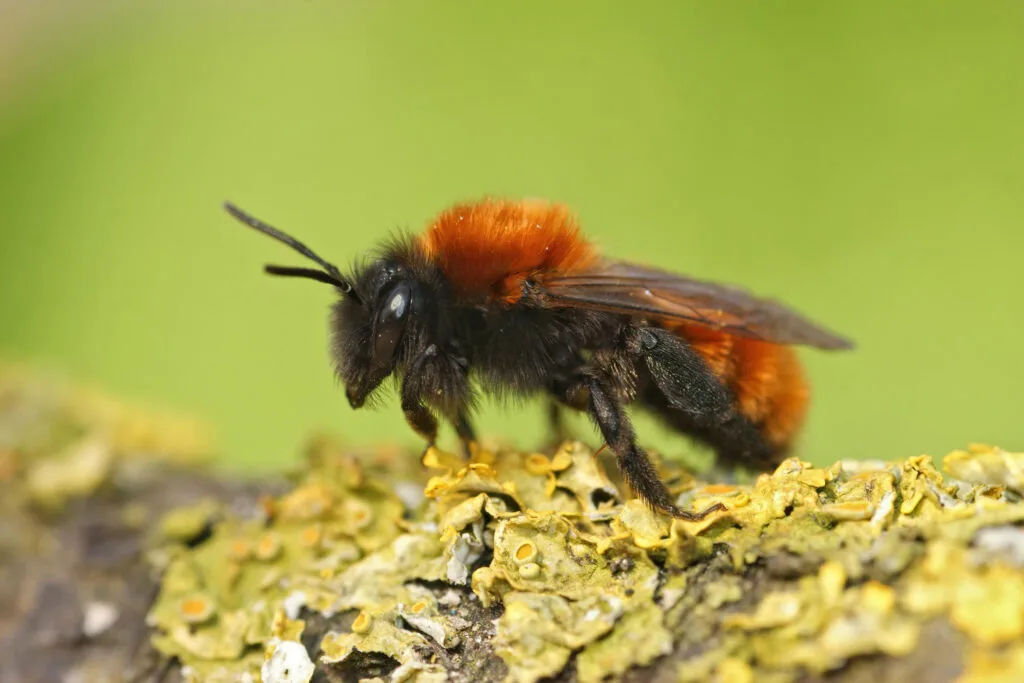When you think about pink animals, the flamingo probably springs to mind first — its bright pink feathers are hard to forget! But did you know there are many more animals with natural pink hues? Some might surprise you because you wouldn’t expect to see pink in certain groups, like amphibians or reptiles.
In this guide, we’re taking a closer look at 10 naturally pink animals from around the world. You’ll learn where they live, what they eat, and the fascinating reasons behind their pink colour. Plus, you’ll discover how these pink animals survive, behave, and why they’re so important to nature’s delicate balance.
Table of Contents
Toggle1. American Flamingo (Phoenicopterus ruber)
The American flamingo is the classic pink animal that almost everyone recognises. These graceful birds live in shallow saltwater lagoons, tidal flats, and mangrove swamps mostly around the Caribbean islands, parts of South America, and the Galápagos Islands.

Why Are They Pink?
Their beautiful pink colour comes from their diet, which is packed with carotenoid pigments found in shrimp, algae, and tiny crustaceans. When flamingos eat these foods, their bodies process the pigments and deposit them into their feathers, giving them their vibrant hue.
Behaviour and Lifestyle
Flamingos are highly social and live in large colonies that can number in the thousands. You’ll often see them standing on one leg — a clever way to conserve body heat and reduce muscle fatigue. Their uniquely shaped bills help filter out mud and water so they can catch their tiny meals with ease.
Fun Fact
Flamingos can live for around 30 years in the wild, and their pink shade can actually deepen or fade depending on their diet and health.
2. Pink River Dolphin (Inia geoffrensis)
The pink river dolphin, also called the Amazon river dolphin, is one of the most fascinating pink animals. These freshwater dolphins inhabit the murky rivers and flooded forests of the Amazon and Orinoco basins in South America.
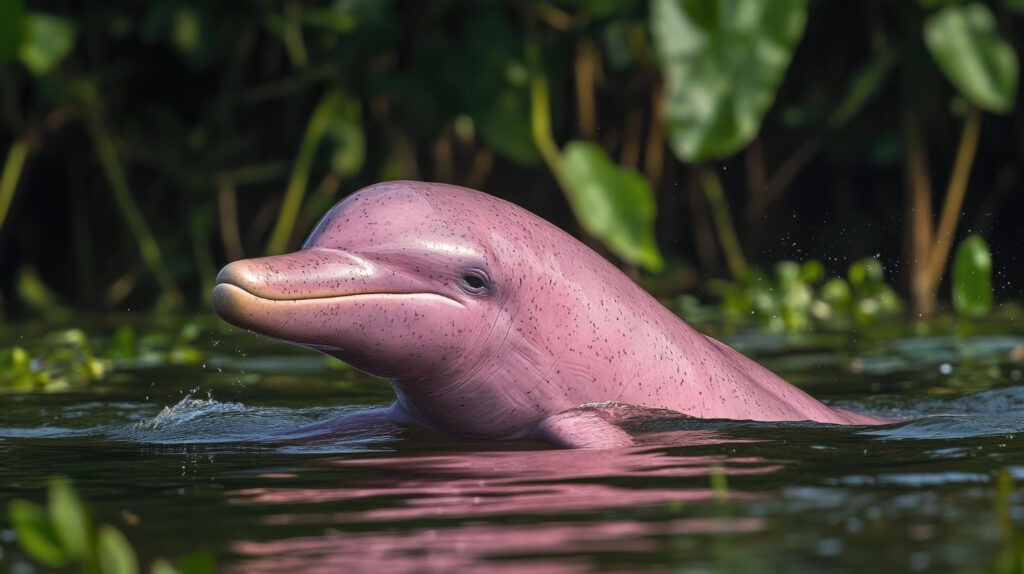
Habitat and Adaptations
Unlike their ocean-dwelling cousins, pink river dolphins live in complex freshwater environments with lots of submerged trees and plants. They have flexible necks, which is unusual for dolphins, allowing them to move their heads side to side to navigate the dense underwater vegetation.
Pink Colour Origin
Their pink skin varies in intensity — sometimes light pink, sometimes almost bright pink depending on their age, water temperature, or excitement. This pink colour comes from blood vessels close to the skin’s surface, which helps regulate their body temperature.
Diet and Behaviour
They eat a variety of fish, crustaceans, and even small turtles. Pink river dolphins use echolocation to find food in the dark and cloudy river waters.
3. Axolotl (Ambystoma mexicanum)
Axolotls are extraordinary pink amphibians native to lakes and canals around Mexico City. Unlike most salamanders, axolotls retain their larval form throughout their life — meaning they keep their feathery external gills and aquatic lifestyle.

Where They Live
Originally found in Lake Xochimilco and surrounding waters, axolotls prefer freshwater habitats with plenty of plants and hiding spots.
Why Are They Pink?
Some axolotls have a natural pink or albino coloration, with translucent skin that shows their blood vessels, giving them a ghostly pink glow. This pigmentation is mostly genetic but also influenced by their environment.
Unique Features
Axolotls are famous for their incredible ability to regenerate lost limbs, spinal cord, and even parts of their heart making them a subject of scientific research worldwide.
Diet
They feed on small fish, worms, insects, and mollusks, sucking prey into their mouths with powerful suction.
4. Rosy Maple Moth (Dryocampa rubicunda)
This tiny but eye-catching moth is one of the most colourful insects native to eastern North America. With a wingspan of just 3 to 5 cm, the rosy maple moth sports bright pink and creamy yellow wings.

Habitat
They prefer forests and woodlands where maple trees grow since their larvae feed on maple leaves, as well as ash and birch.
Colour Purpose
Their pink and yellow colours help them blend into autumn leaves, providing camouflage against predators.
Behaviour
Adult rosy maple moths are nocturnal and attracted to artificial lights at night. They don’t feed as adults but focus on reproduction.
5. Strawberry Poison Dart Frog (Oophaga pumilio)
This small frog, native to the rainforests of Central America, especially Costa Rica and Panama, is as toxic as it is colourful. The strawberry poison dart frog’s bright pink skin with blue legs warns predators to stay away.
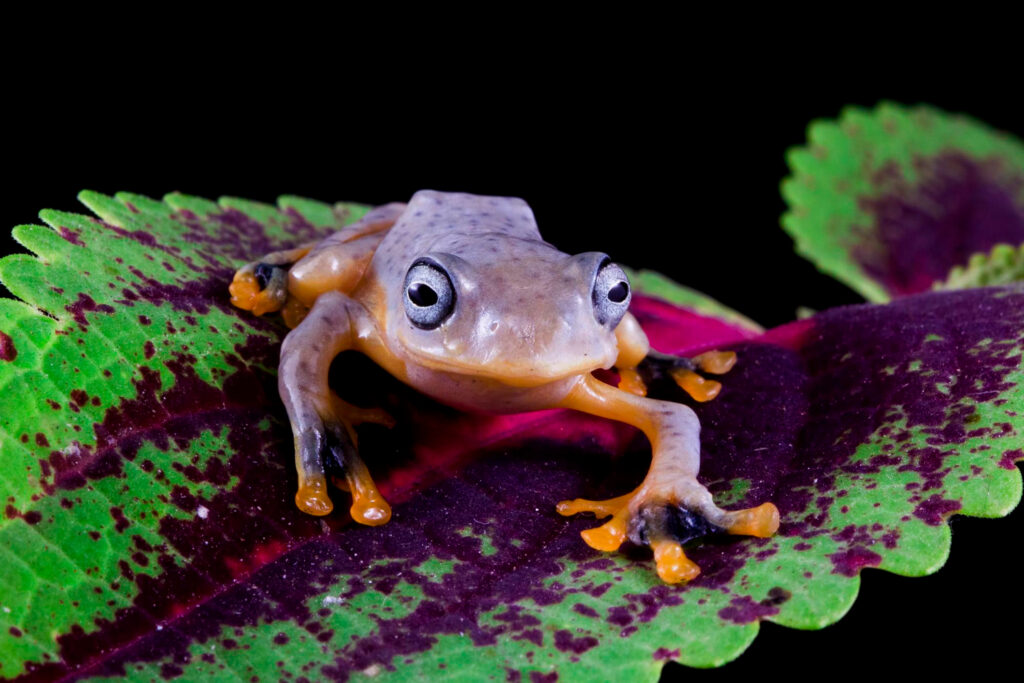
Habitat and Lifestyle
They live in humid, tropical rainforests with plenty of leaf litter and moisture, often near streams and ponds.
How They Get Their Colour and Toxicity
Their diet of ants, mites, and other small invertebrates provides toxins that make their skin poisonous. Their vivid pink colour acts as a warning sign called aposematism, helping protect them from predators.
Interesting Behaviour
Males fiercely defend their territories with loud calls. These frogs also care for their tadpoles by carrying them to water-filled leaf axils.
6. Pink Starfish (Echinaster sentus)
The pink starfish is a brightly coloured sea creature found mainly in the shallow coastal waters of the Atlantic Ocean. Its vivid pink arms radiate from its central body in a star shape.
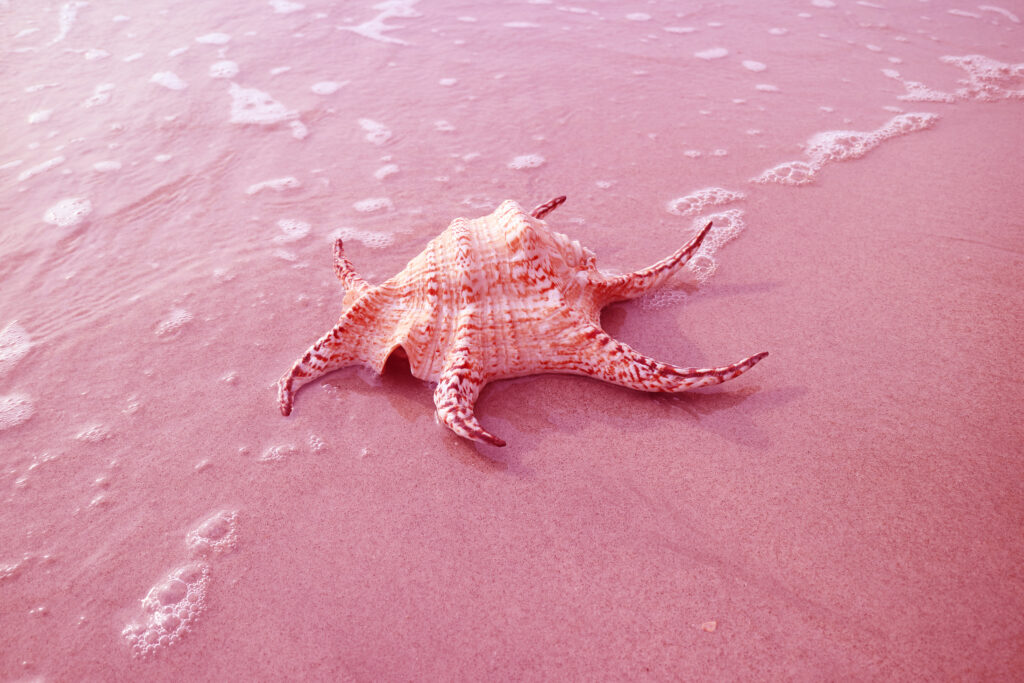
Habitat
They prefer sandy or rocky ocean bottoms, often near coral reefs where they can find food and shelter.
Diet and Feeding
Pink starfish feed on detritus (decaying organic matter), small mollusks, and other invertebrates by everting their stomachs onto their prey and digesting externally.
Special Traits
They move using hundreds of tiny tube feet on the underside of their arms and can regenerate lost limbs if attacked.
7. Rosy Boa (Lichanura trivirgata)
The rosy boa is a small, gentle snake native to the deserts and scrublands of southwestern USA and northwestern Mexico. Its beautiful pinkish-brown stripes make it one of the more visually striking snakes.

Habitat
They prefer dry, rocky habitats where they hide under rocks or in burrows to avoid the desert heat.
Diet
These scent hounds are small to medium-sized and full of personality. Beagles love adventure and are known for their loyalty and affection. Great for families who enjoy walks and exploration.
Behaviour
Known for their calm nature, rosy boas are often kept as pets. Their colouring provides excellent camouflage among desert rocks and sand.
8. Pink Fairy Armadillo (Chlamyphorus truncatus)
The rosy boa is a small, gentle snake native to the deserts and scrublands of southwestern USA and northwestern Mexico. Its beautiful pinkish-brown stripes make it one of the more visually striking snakes.
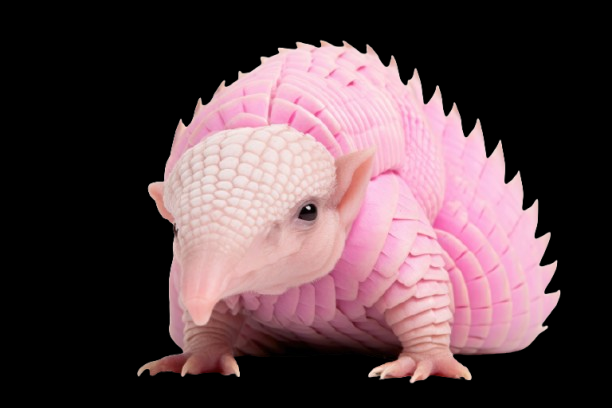
Habitat
They prefer dry, rocky habitats where they hide under rocks or in burrows to avoid the desert heat.
Diet
Rosy boas mainly eat small mammals, birds, and lizards, subduing prey by constriction.
Behaviour
Known for their calm nature, rosy boas are often kept as pets. Their colouring provides excellent camouflage among desert rocks and sand.
9. Rosy Barb Fish (Pethia conchonius)
A popular species in freshwater aquariums, the rosy barb fish originates from rivers, lakes, and ponds in South Asia, including India and Nepal.
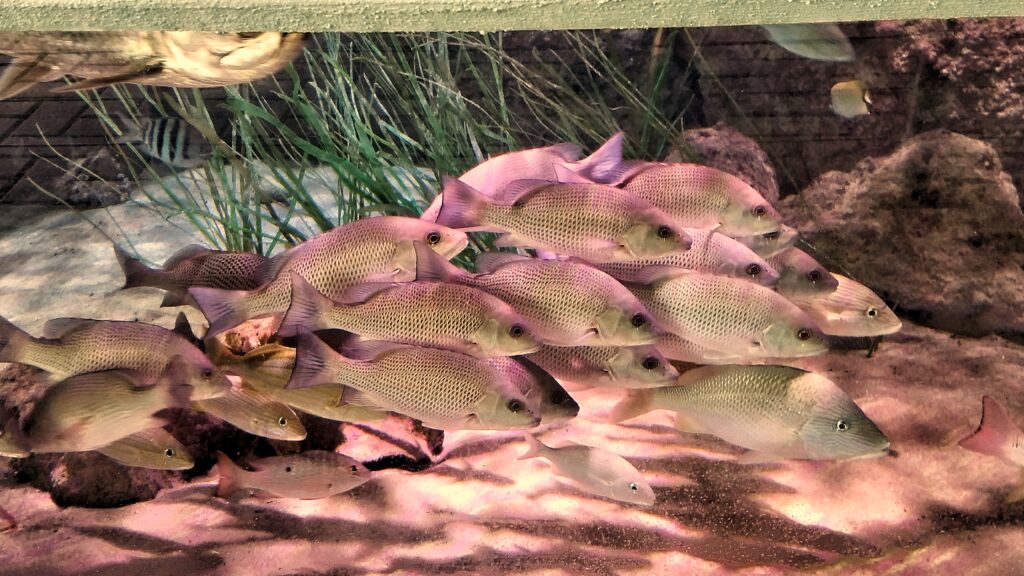
Habitat
They thrive in slow-moving or still freshwater bodies with plenty of vegetation.
Colour and Diet
Their pink to orange scales brighten with good diet, which includes insects, algae, and plant matter.
Behaviour
Rosy barbs are active, schooling fish that prefer to swim in groups, adding life and colour to any aquarium or natural stream.
10. Pink Cockatoo (Cacatua leadbeateri)
Also known as Major Mitchell’s cockatoo, this stunning bird lives in the arid and semi-arid regions of Australia. Its soft pink feathers and spectacular crest are unmistakable.
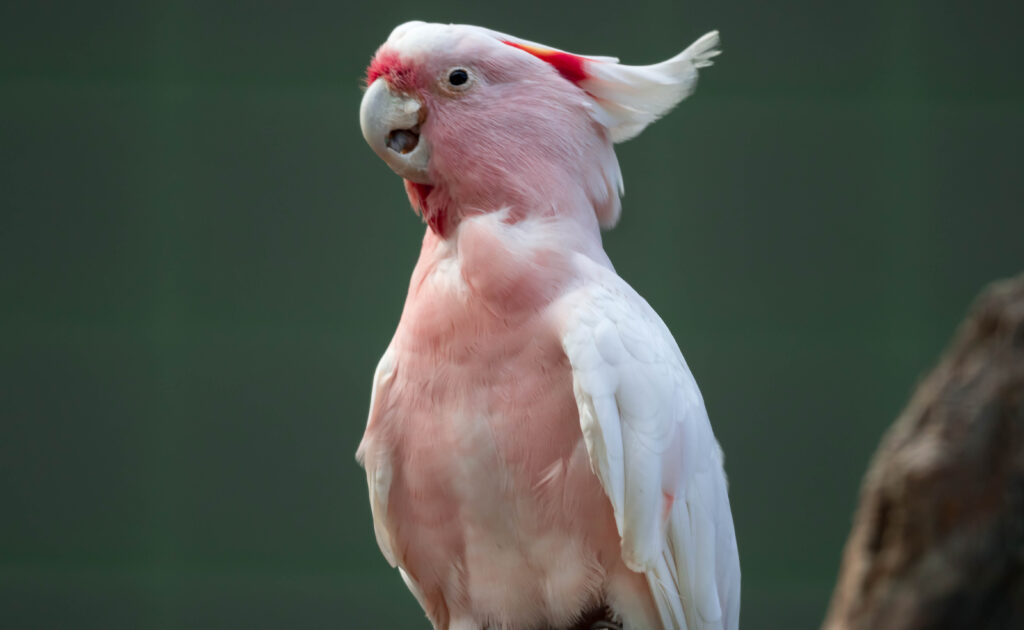
Habitat
Pink cockatoos inhabit eucalyptus woodlands and open forests where they forage on seeds, nuts, fruits, and roots.
Behaviour and Social Life
They are social birds forming lifelong pair bonds and living in small flocks. Their crest feathers are raised during mating displays or when alarmed.
Vocalisation
Known for their loud, melodious calls, pink cockatoos communicate frequently and have complex social behaviours.
Why Pink Animals Matter
Pink animals do more than add a splash of colour to nature they play essential roles in their ecosystems. Flamingos, for example, help keep wetland ecosystems healthy by feeding on algae and small crustaceans. Poison dart frogs regulate insect populations, and starfish contribute to ocean floor health by recycling organic matter.
Many pink animals are also sensitive indicators of environmental change. Their populations often reflect the health of their habitats, so protecting them helps conserve entire ecosystems.
Challenges Pink Animals Face
Unfortunately, many pink animals face threats like habitat destruction, pollution, climate change, and illegal wildlife trade.
- Pink river dolphins suffer from water pollution and dam constructions that fragment their habitat.
- Poison dart frogs lose rainforest habitat to deforestation.
- Flamingo wetlands are drained for agriculture and development.
- The pink fairy armadillo’s burrowing grounds are threatened by farming.
Conservation efforts such as habitat protection, captive breeding, and stricter wildlife laws are critical to ensuring these pink animals thrive for generations to come.
How You Can Help Protect Pink Animals
- Support conservation organisations working to protect habitats and endangered species.
- Choose responsible tourism that respects wildlife and natural habitats.
- Avoid purchasing exotic pets or products that exploit wild pink animals.
- Spread awareness about the importance of biodiversity and species protection.
Even small actions add up to make a big difference for these remarkable creatures.
Conclusion
The world of pink animals is more vibrant and diverse than many realise. From the iconic flamingo’s rosy feathers to the tiny pink fairy armadillo’s delicate shell, these animals showcase nature’s incredible creativity.
By learning about their habitats, diets, behaviours, and the threats they face, we gain a deeper appreciation and a stronger motivation to protect these stunning pink creatures. Whether you spot one in the wild, see them in a documentary, or enjoy their beauty in an aquarium or sanctuary, pink animals remind us just how colourful and fascinating life on Earth truly is.


